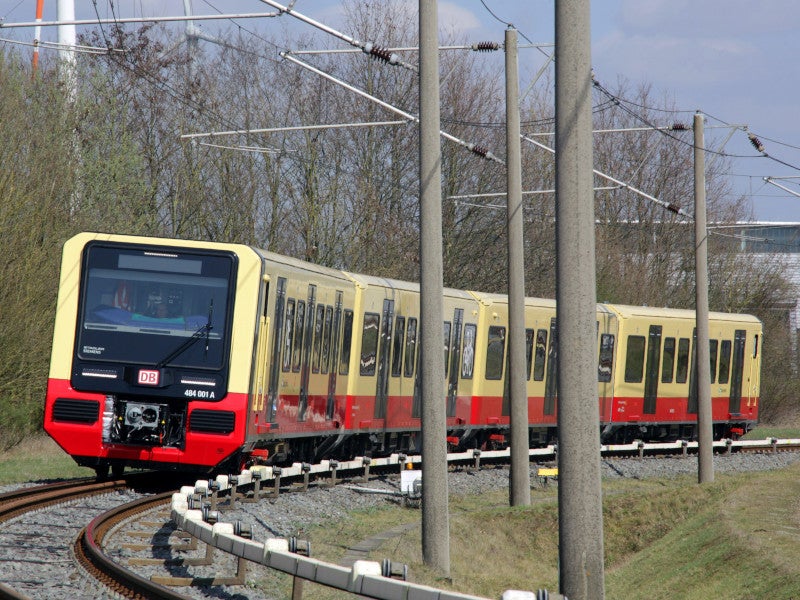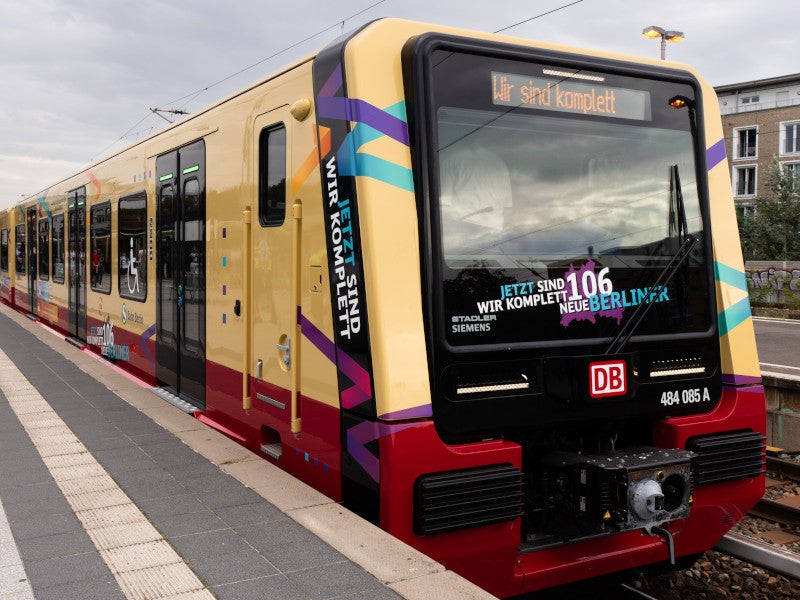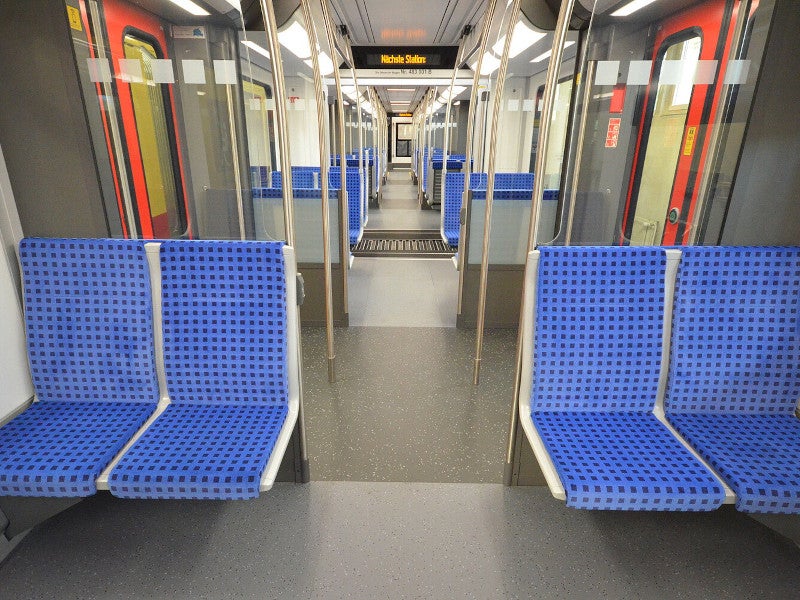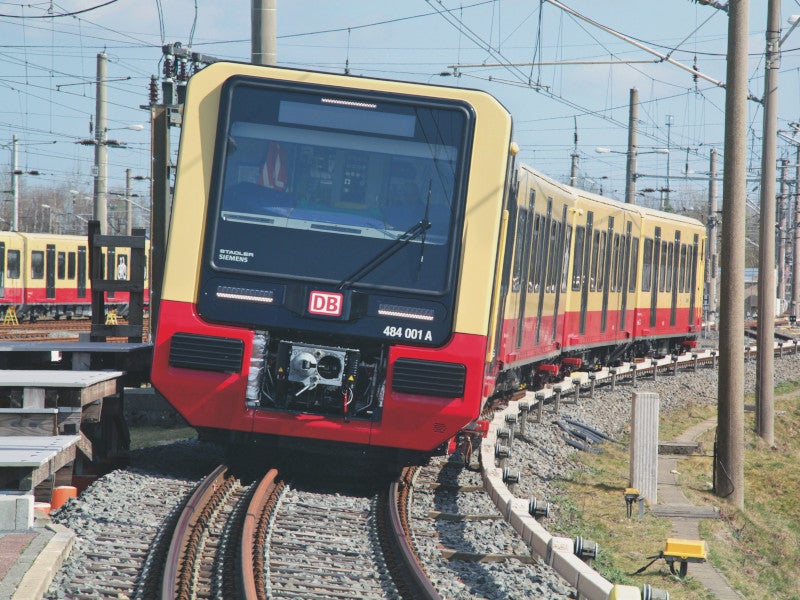The new-generation S-Bahn 483/484 series trains are manufactured by a consortium of transport solutions company Siemens Mobility and Swiss rolling stock manufacturer Stadler at the latter’s Berlin plant.
S-Bahn Berlin, a railway operator and subsidiary of Deutsche Bahn, signed a contract for the supply of 106 trains, including 21 483 series trains and 85 484 series trains, with the Stadler-Siemens consortium in December 2015.
The first ten trains including five 483 series and five 484 series were put into service in January 2021. The last train in the 483/484 series was delivered in September 2023.
The trains are currently operating on the S41, S42, S46, S47 and S8 lines of the S-Bahn rail network. The addition of the new series of trains adds more capacity to certain sections of the S-Bahn network.
S-Bahn 483/484 series development details
The Siemens and Stadler consortium developed a 1:1 scale model of the train after ten months of signing the contract. The first fully walkable four-carriage train was unveiled in September 2017.
The trains were extensively tested between 2018 and 2020. Some of the tests conducted included tests for derailment safety, train control systems, and brake tests.
The Federal Railway Authority granted full approval for using the trains for passenger transport in October 2020.
S-Bahn 483/484 series trains design and features
The 483 series train is a quarter train, while the 484 series train is a half train. Both trains operate on a 1,435mm gauge. The trains have at least two connected carriages and provide full walkthrough access. There are four walkthrough carriages in the 484 series trains.
The 483 series train weighs 68.9t while the 484 series weighs 133.6t. Both trains are 3.14m wide and 3.6m high. The 483 series trains feature six doors while the 484 trains feature 12 doors with a width of 1.3m.
The new S-Bahn trains have a ruby red below the windows and mustard yellow on top, along with black doors to offer additional contrast for visually impaired passengers. The trains are more spacious with greater legroom, improved accessibility, bright walls, and large panoramic windows.
The trains are equipped with high-performance traction and control units that guarantee efficient and silent operation. The maximum speed of the trains is 100km/h.
The driver’s cab provides a more user-friendly interface and real-time information. The trains are installed with exterior cameras to provide drivers with a better view.
Passenger facilities onboard the S-Bahn trains
The trains have ergonomically designed free-floating seats with royal blue upholstery. The seats have additional luggage space underneath.
The 483 series trains have 82 seats, of which 20 are folding seats, and the standing capacity is 208. The 484 series trains have 190 seats, of which 40 are foldable, and the standing capacity is 438.
The vehicles are wheelchair-accessible with the train cars offering ample space for wheelchairs, strollers and cycles. A folding wheelchair ramp is also available for people with restricted mobility. Horizontal and vertical handrails as well as sport hand straps are provided for additional stability.
The new S-Bahn trains are equipped with a state-of-the-art passenger information system that shows real-time information on departure timings, interchange possibilities, ongoing construction, and a linear route map. The passenger information system features technology similar to that of the ICE 3 trains.
Additional features include energy-efficient air conditioning, LED lighting, and situation-dependent video surveillance. Service buttons are located throughout the train and can be used during emergencies. A new door-closing mechanism comprising acoustic door opening and closing sounds along with LED lighting as per European regulations is also available.
Contractors involved
Stadler, the consortium leader, supplied the mechanical and structural parts of the train, while Siemens provided the electrical equipment such as the drive and brake systems, power supply, and control systems.
Peiker, a communication systems developer, provided communication technology for the new S-Bahn trains.











